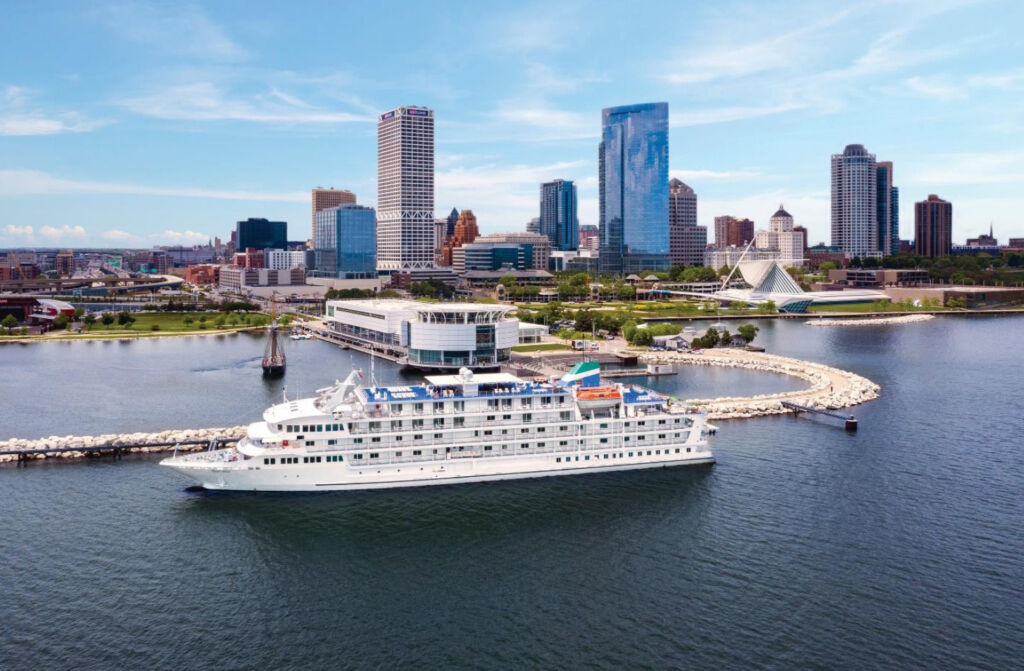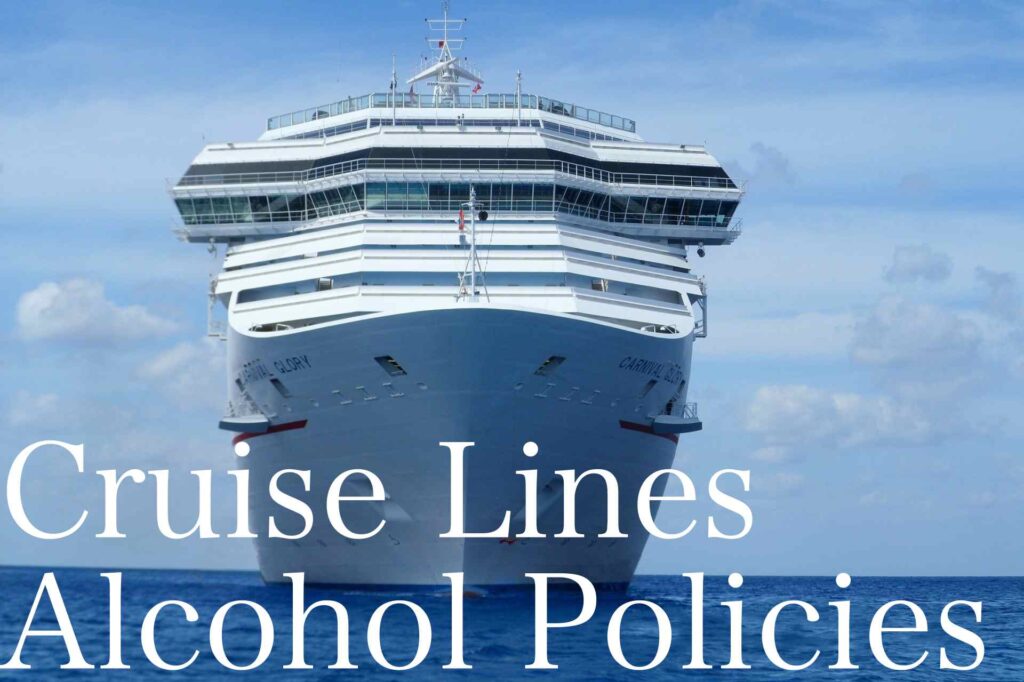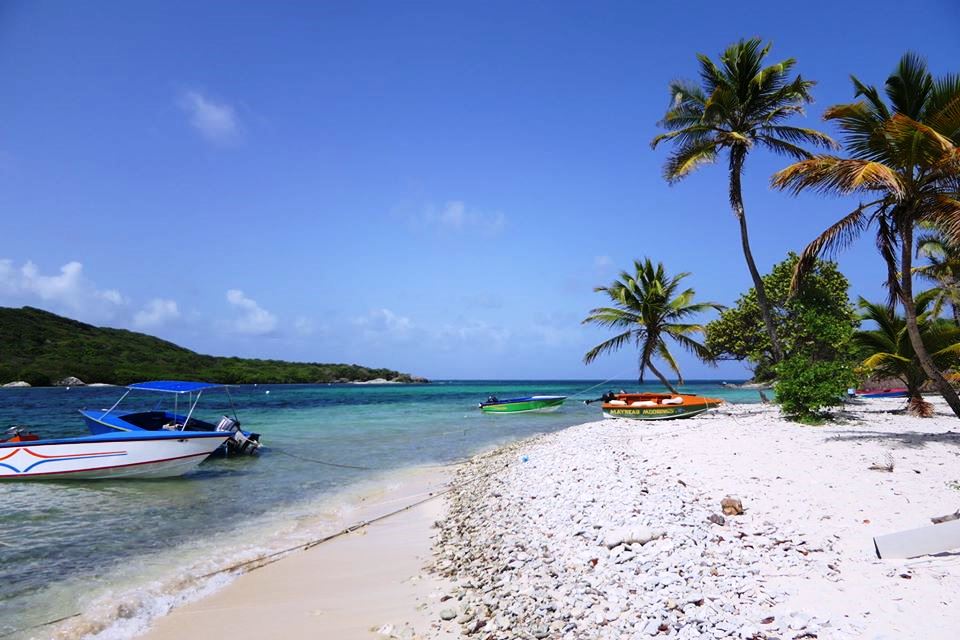Tourism, especially the cruise sector, often sparks discussions dominated by opinion rather than facts. This is particularly true in urban environments where the industry is highly visible. Local residents may form strong opinions about cruise tourism based on its presence in their city centers, even though they might not have accurate data on the sector’s actual impact. Let’s take a closer look at some key facts about the cruise industry and the challenges it faces.
The Size and Scale of the Cruise Industry
The global cruise industry consists of approximately 400 ocean-going ships and an additional 400 river cruise vessels. To put this into perspective, there are about 120,000 cargo ships operating on the world’s oceans, highlighting how small the cruise sector is in comparison.
In terms of passenger numbers, the international cruise industry transports around 30 million passengers annually. While this might sound like a significant figure, it is relatively modest when viewed on a global scale. For example, Amsterdam alone records about 25 million overnight stays each year. This makes the cruise industry a niche market in the wider context of international tourism.
Visibility and Public Perception
One of the cruise industry’s primary challenges is its high visibility, especially in cities where ships dock close to the center. Because of this, cruise ships and their passengers often attract significant attention and, sometimes, public criticism. There is frequently a perception that the cruise industry has a substantial environmental impact or that it contributes to overtourism, particularly in popular destinations.
Sascha Gill, Chief Executive Officer of United Waterways, addressed this issue, stating, “Even though there is often anticipation and criticism about cruise ships from a sustainability perspective, it remains an extremely efficient way of organizing tourism in city centers. Compared to other transport options like flights and taxis, cruise tourism offers a more controlled and economical method for tourists to access urban areas.”
Economic and Logistical Efficiency
Cruise ships offer a highly organized form of tourism, allowing companies to manage passenger movements and activities in a way that other transport modes cannot. This efficiency extends to the economic benefits cruise tourism brings to urban centers. Passengers arriving by cruise can be guided through predetermined routes, helping cities manage the influx of tourists more effectively.
Despite its advantages in organization and economic impact, the cruise industry’s presence near city centers can make it a target for public scrutiny. This is especially true when debates arise around sustainability and urban congestion. Yet, cruise tourism often represents a more sustainable and concentrated form of transportation compared to air travel or car rentals.









